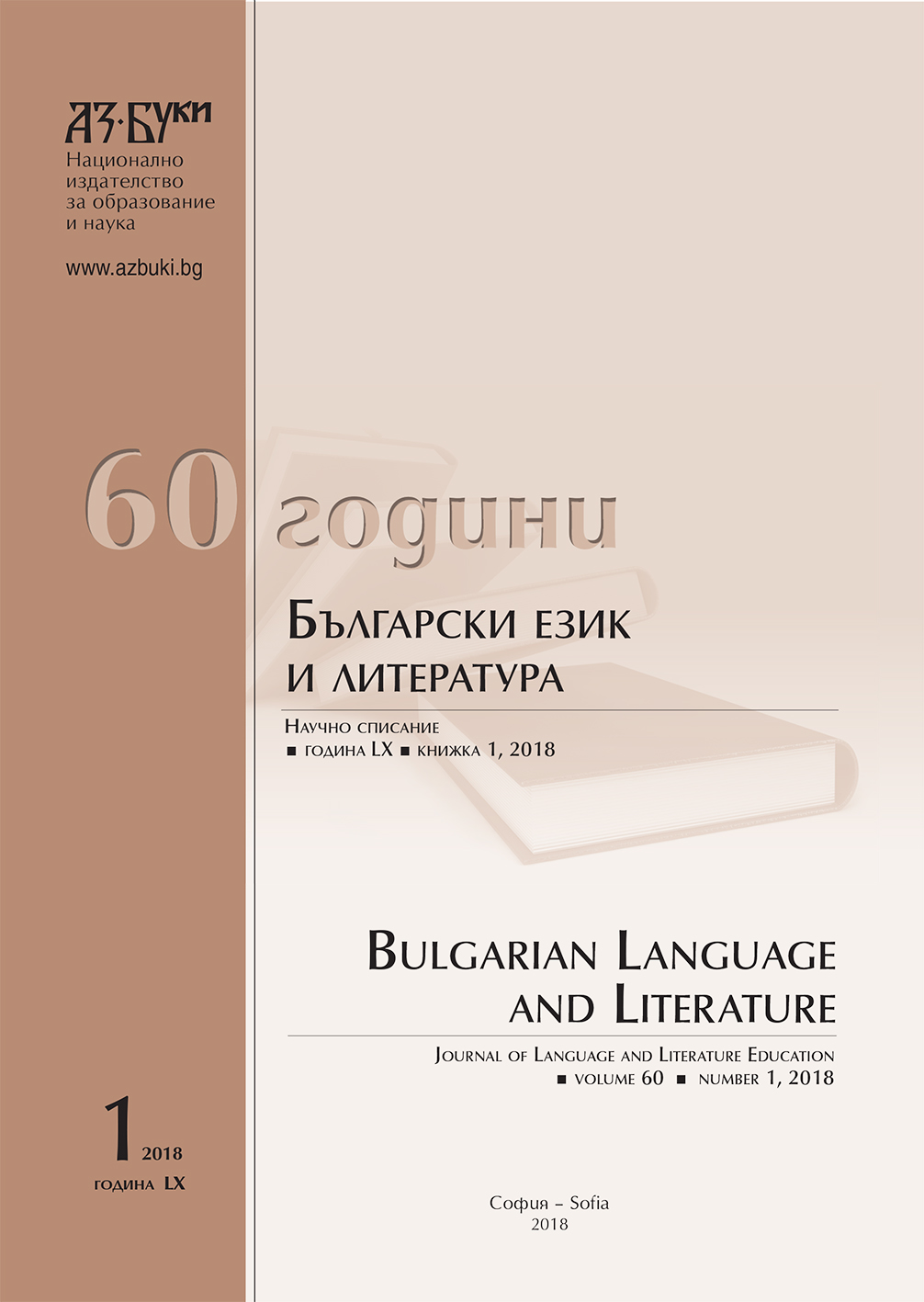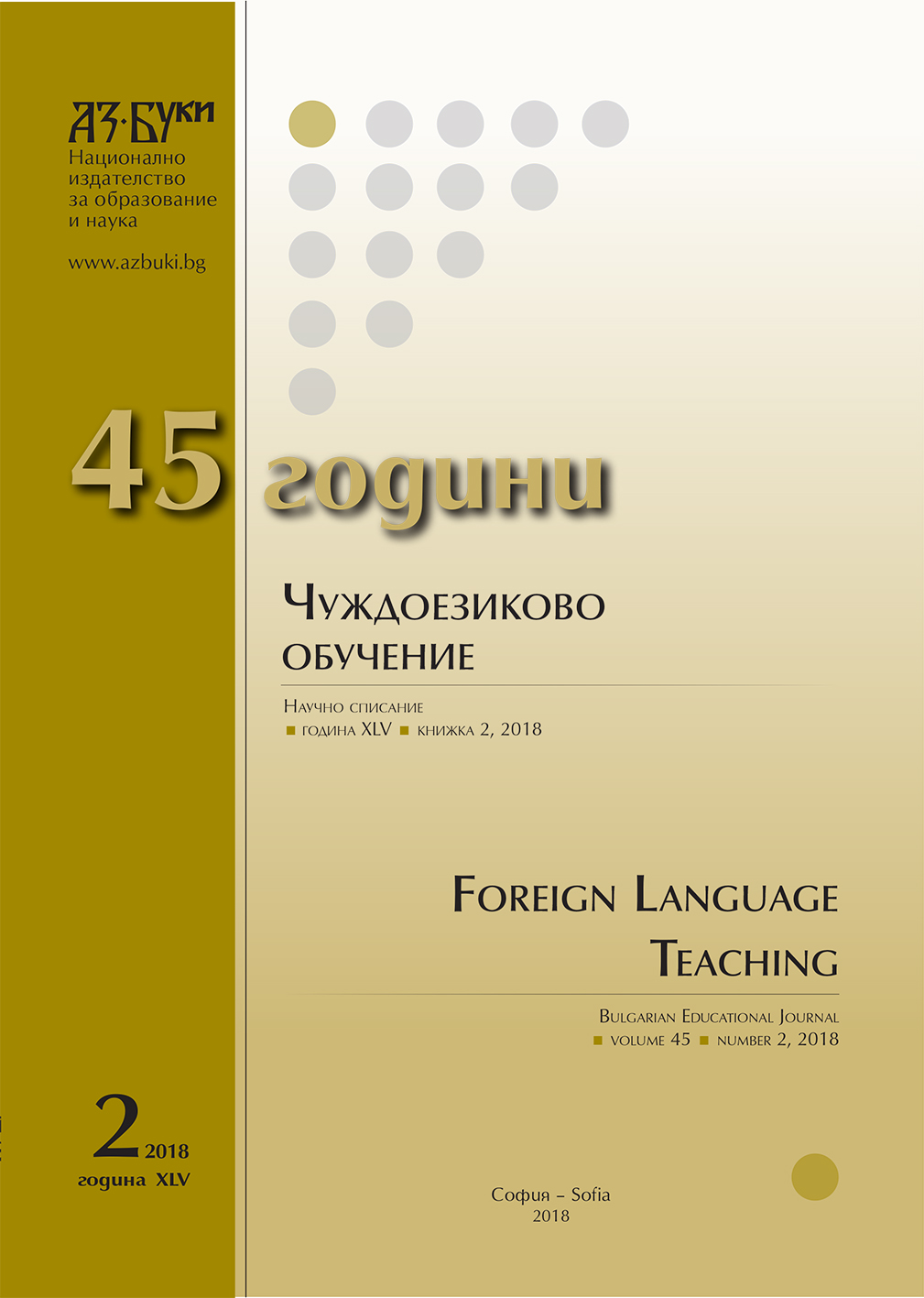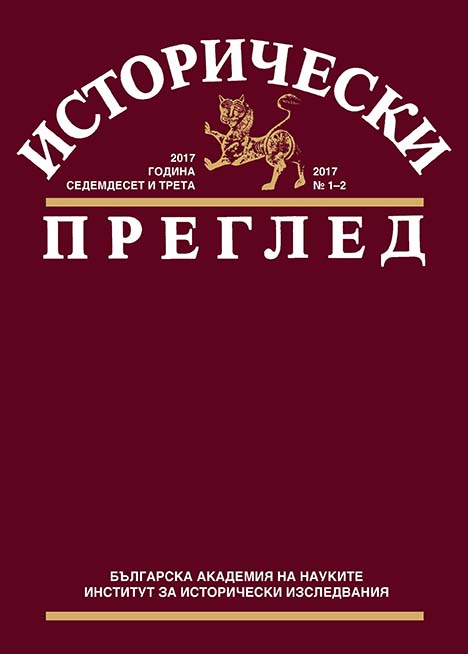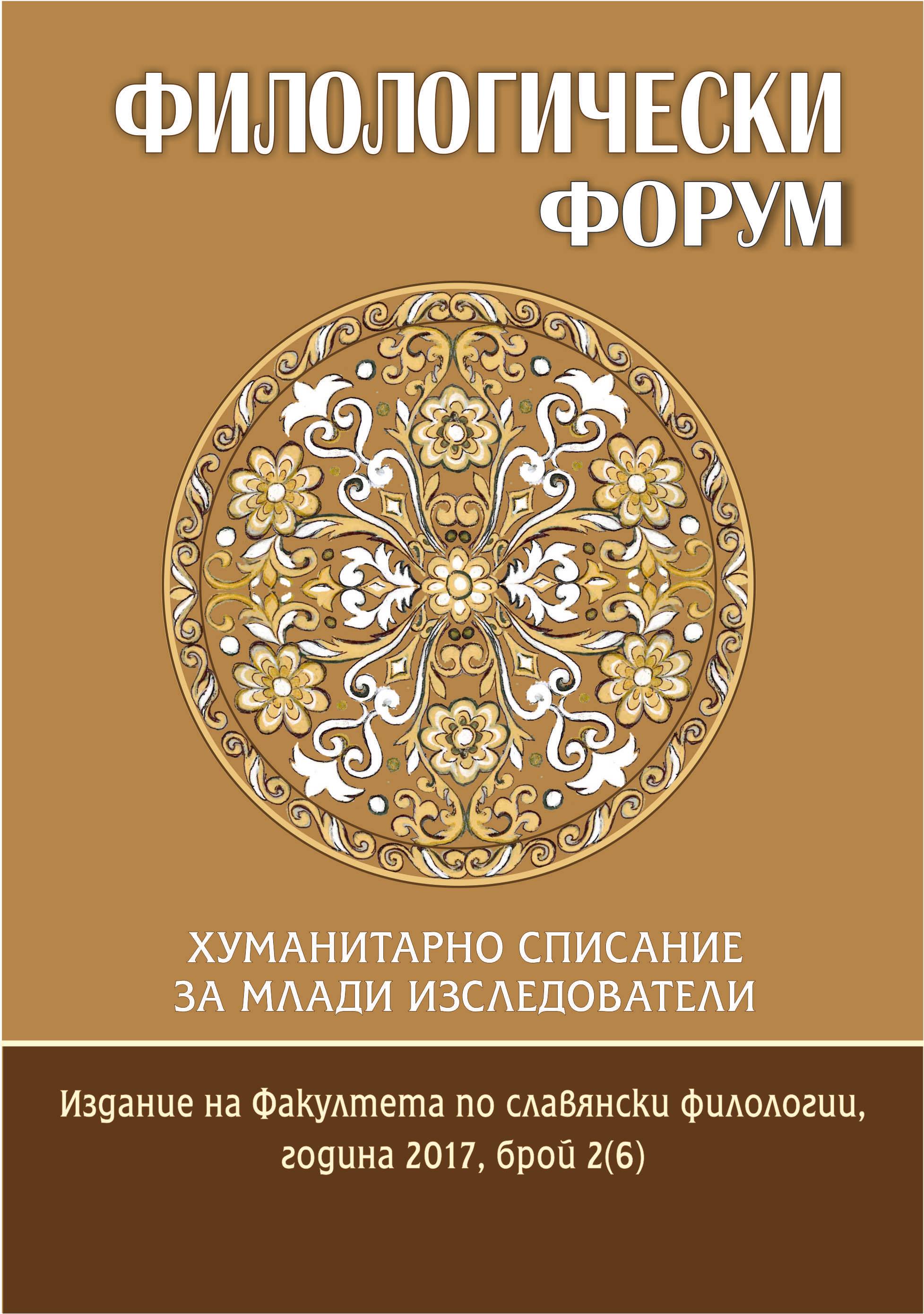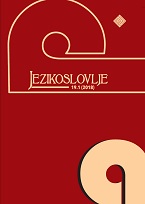Author(s): Albert Sándor,Michael Moser,Mihay Kochish,Miklós Halmágyi,Julianna M. Pandur,Mihaj Kapral',István Fried,Ágnes Dukkon / Language(s): English,French,Russian,German
Issue: 2/2009
Review of:
1. NYOMÁRKAY István: Rövid horvát és szerb nyelvtörténet [Brève histoire des langues croate et serbe]. Budapest, ELTE BTK Szláv Filológiai Tanszék, 2007. 292 p.
by: Sándor Albert
2. KOCSIS Mihály: Tizenhatodik századi ukrán egyházi kézirataink és helyesírásuk [Ukrainische kirchliche Handschriften aus dem 16. Jh. in Ungarn und ihre Orthographie]. (Bibliotheca Slavica Savariensis X.) Szombathely, 2008. 325 p.
by: Michael Moser
3. МИКЛАС Хайнц, ТАСЕВА Лора, ЙОВЧЕВА Мария: Берлински сборник. Среднобългарски книжовен паметник от началото на XIV век с допълнения от други ръкописи. София: Кирило-Методиевски научен център, Виена: Издателство на Австрийската академия на науките, 2006. 456 с.
by: Михай Кочиш
4. CLEMINSON Ralph, MOUSSAKOVA Elissaveta, VOUTOVA Nina (ed.): Catalogue of the Slavonic Cyrillic Manuscripts of the National Széchényi Library. (CEU Medievalia 9.) Budapest: CEU Department of Medieval Studies & CEU Press & National Széchényi Library, 2006. XL+288 pp.
by: Михай Кочиш
5. Studia Hungaro-Bulgarica. Tomus I. Szeged–Sumen, 2007. 274 p.
by: Miklós Halmágyi, Julianna M. Pandur
6. УДВАРІ Іштван: Зберька жерел про студії русинського писемства IIІ. Гіадор Стрипськый, народописник, бібліоґраф, языкознатель, товмач. – UDVARI István: Szöveggyűjtemény a ruszin írásbeliség tanulmányozásához III. Sztripszky Hiador, néprajztudós, bibliográfus, nyelvész, műfordító. (Studia Ukrainica et Rusinica Nyíregyháziensia 21.) Nyíregyháza, 2007. 257 p.
by: Михай Капраль
7. KISS SZEMÁN Róbert: Magyarország panaszától Szlávia panaszáig. Irodalmi tanulmányok [Von der Klage Ungarns bis zur Klage Slawiens. Literarische Studien]. (Opera Slavica Budapestinensia, Litterae Slavicae.) Budapest: ELTE BTK Szláv Filológiai Tanszék, 2007. 224 p.
by: István Fried
8. АТАНАСОВА-СОКОЛОВА Дениз: Письмо как факт русской культуры ХVIII– XIX веков. (Серия Investigationes Russicae.) Budapest, 2006. 271 с.
by: Ágnes Dukkon
More...
